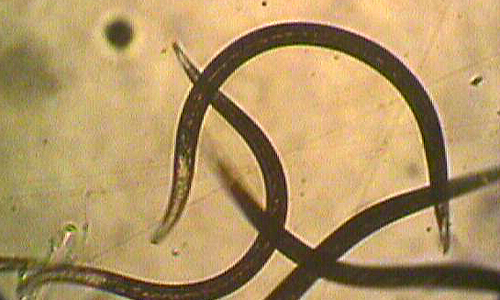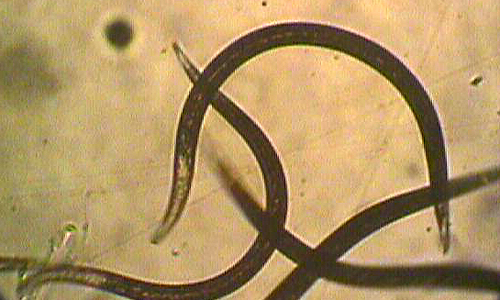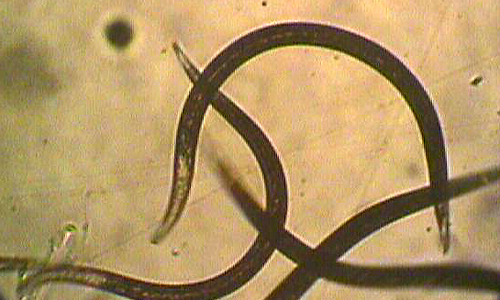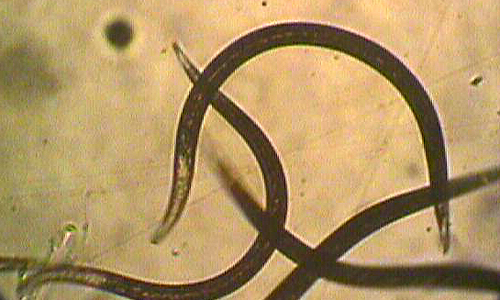Sugarbeet weevil
Damage caused by the Sugarbeet weevil
Both adults and grubs of the sugarbeet weevils can cause serious damage to beet crop. Adults of sugarbeet weevil voraciously feed on the leaves or clip off the leaves from young sugar beet seedlings. Also, they can cut the whole plant at the soil level and completely destroy the growing seedlings and young transplants. In contrast, all the larval stages of sugarbeet weevil will tunnel and feed internally on the roots of sugar beet that causes poor crop stand and severe yield losses.
Facts (show all)
- Common names
-
- Sugarbeet weevil
- Scientific name
-
- Asproparthenis punctiventria
- Identification
-
Adults: Adult of the sugarbeet weevils are black in color with gray scales and about 17 mm long.
Eggs: Eggs of the sugarbeet weevil are yellowish white in color.
Larvae (Grub): The larvae (grubs) of sugarbeet weevil are creamy white in color with yellowish brown head capsule and ‘C’ shaped.
Pupae: Pupae of the sugarbeet weevil are creamy white in color.
- Biology
-
The sugarbeet weevils overwinter as adults in the soil. When temperatures warm in the spring, mated females of sugarbeet weevils lay eggs in the soil at the base of plants. Eggs hatch within 5- 12 days into small grubs that burrow in the soil, tunnel into roots and start feeding internally. While feeding, larvae develop through 5 developing stages (instars) within three months. Mature larvae then pupate in the soil. Adult weevils emerge from pupae within 3 weeks. These adults then overwinter in the soil and life cycle continues.
- Organic Control of the Sugarbeet weevil
-
- Following beneficial bugs are used for organic control of Sugarbeet weevil
- Beneficial Nematodes
-
- Heterorhabditis bacteriophora
- Steinernema feltiae
- Steinernema carpocapsae






